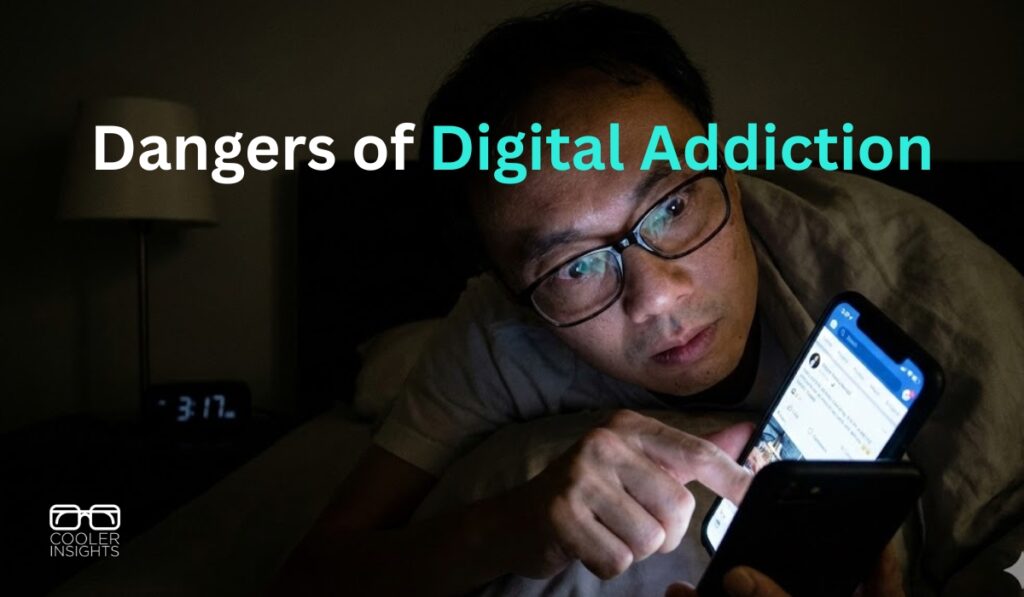Project Intan is an initiative by The Intan (a boutique Peranakan home museum) which won the Museum Roundtable awards in 2011) with the goal of helping raise funds for charitable causes. Brainchild of Alvin Mark Yapp, owner of The Intan, Project Intan seeks to help worthwhile charities through direct donations and pledges.
This year, The Intan is working with the ARC Children’s Centre to help create a flu-free environment and increase its educational and development programmes for the kids. Started in 2011, Arc is a daycare charity for young patients with serious illnesses such as cancer. These kids receive intensive medical treatment and are unable to return to school or socialize in a normal setting as they are still
prone to infection.











